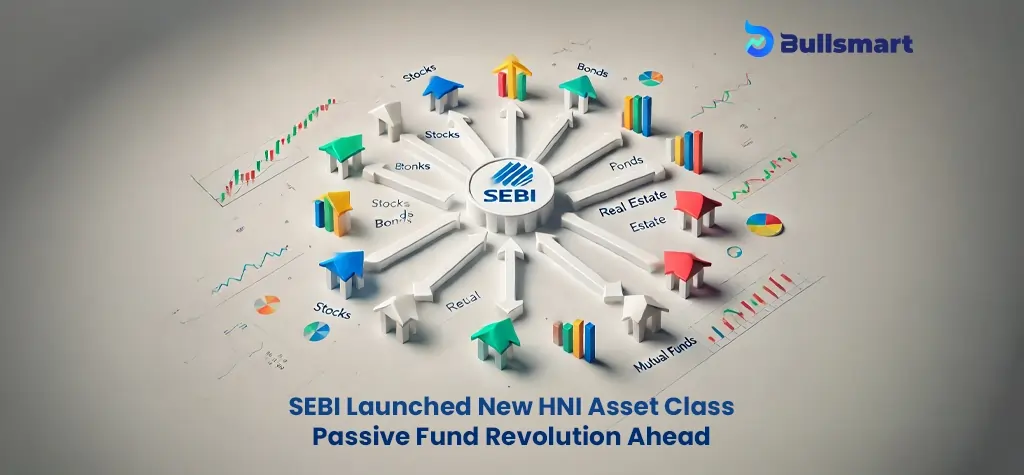The Securities and Exchange Board of India (SEBI) announced a brand-new asset class that is tailored specifically to meet the changing requirements of high-net-worth individuals (HNIs). This initiative intends to bridge the gap between traditional Mutual Funds and Portfolio Management Services (PMS), providing a regulated conduit for sophisticated investing methods that were previously unavailable through traditional channels.
Decoding the ‘Investment Strategies’ Asset Class
This new asset class, called “Investment Strategies,” aims to provide HNIs with a larger range of investment options while adhering to high regulatory norms. The key features include:
Flexibility and Structure:
- Investors gain greater flexibility in portfolio construction compared to the rigid structures of traditional mutual funds.
- Despite the flexibility, a structured approach is still in place, providing some of the security associated with mutual funds.
Accessibility and Regulation:
- The minimum investment threshold is set at ₹10 lakh, making it a more attainable option than PMS, which typically demands a minimum investment of ₹50 lakh.
- SEBI will regulate this new asset class, ensuring investor protection and transparency.
Addressing the Void in Investment Options
Currently, the financial environment provides few options for individuals seeking exposure outside standard mutual funds without encountering the high entry barriers of PMS and alternative investments. The new asset class targets investments between ₹10 lakh and ₹50 lakh, a segment neglected by current investment vehicles.
Benefits for HNIs:
- Access to Complex Strategies: HNIs with higher risk appetites can now capitalize on sophisticated investment strategies like long-short equity and inverse exchange-traded funds, previously unavailable through traditional mutual funds.
- Professional Management: Investment strategies within this asset class will be managed by experienced professionals, ensuring adherence to SEBI’s regulations.
- Mitigation of Risks Associated with Unregulated Products: The introduction of a regulated alternative aims to curb the proliferation of unregistered schemes that often exploit investors with unrealistic promises.
Safeguards and Risk Mitigation
To address concerns regarding the higher-risk nature of this asset class, SEBI has implemented several safeguards:
- No Leverage: The new asset class will not permit the use of leverage, mitigating potential losses.
- Restricted Investments: Investments in unlisted and unrated instruments will adhere to the same limitations imposed on mutual funds.
- Capped Derivatives Exposure: Exposure to derivatives will be restricted to 25% of the Asset Under Management (AUM), primarily for hedging and rebalancing purposes, limiting speculative activities.
A Catalyst for Innovation and Competition
The establishment of this new asset class demonstrates SEBI’s proactive commitment to responding to investors’ changing requirements and encouraging a more comprehensive and inclusive investment ecosystem. SEBI promotes healthy competition and innovation in the Indian financial sector by creating a regulated environment for higher-risk, higher-return investment methods. While the long-term performance of this new asset class remains to be seen, its introduction represents a significant step toward a more varied and sophisticated investment landscape for India’s high net worth individuals.
Suggested Read – SEBI approved Jio Financial Services and Blackrock collaboration
Disclaimer: Investments in securities market are subject to market risks, read all the related documents carefully before investing.

